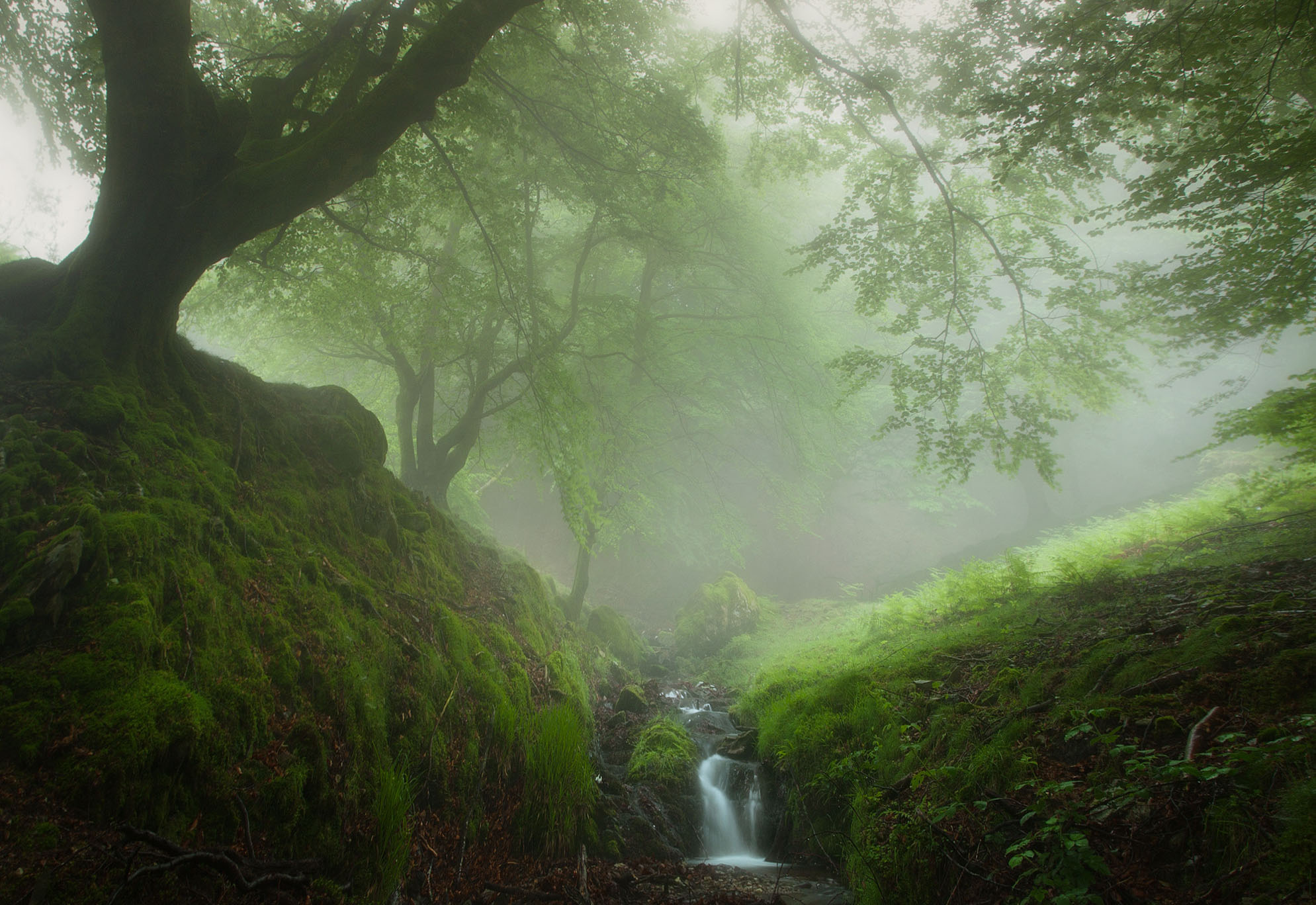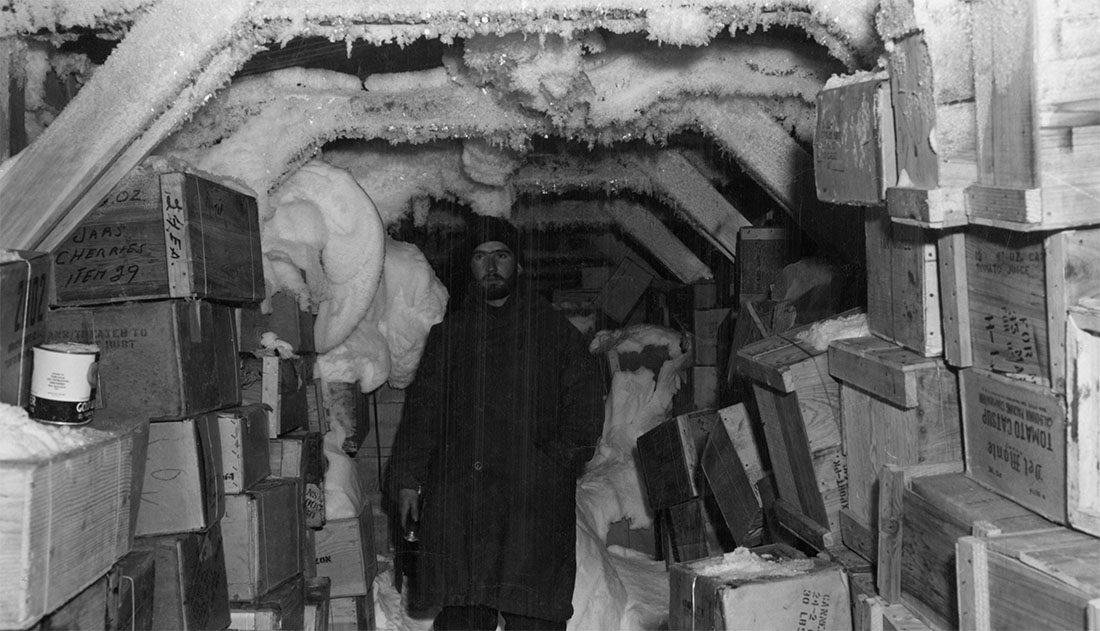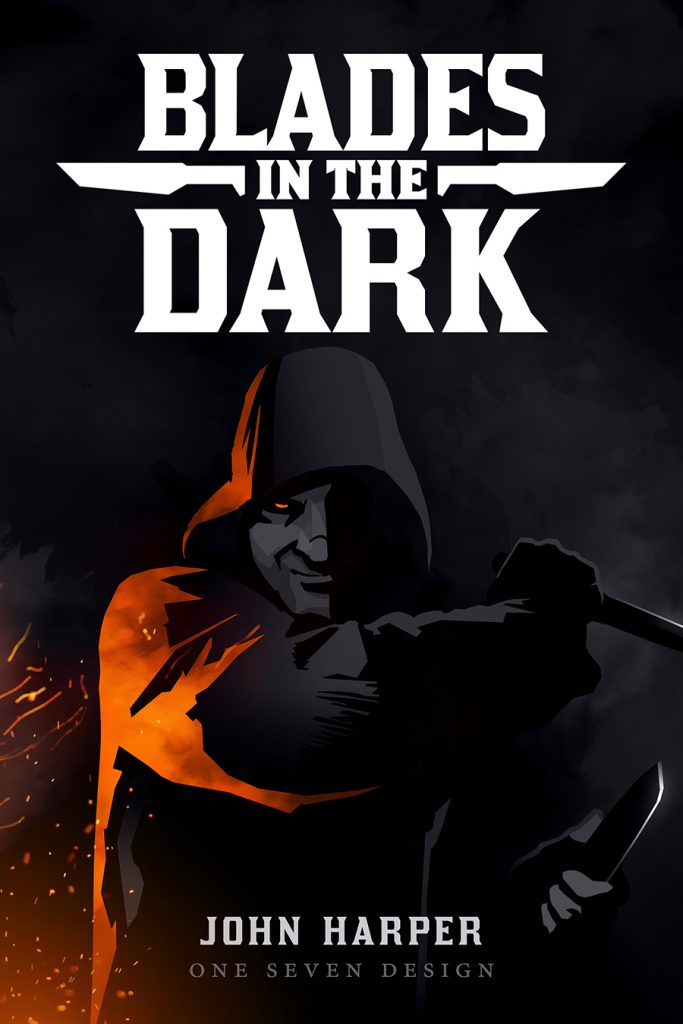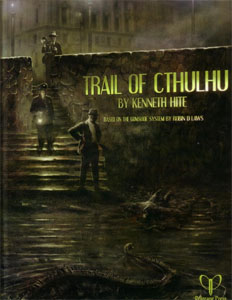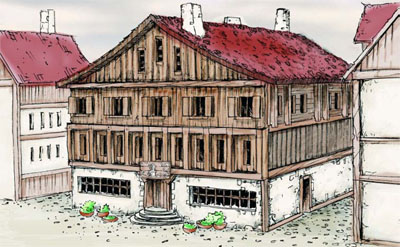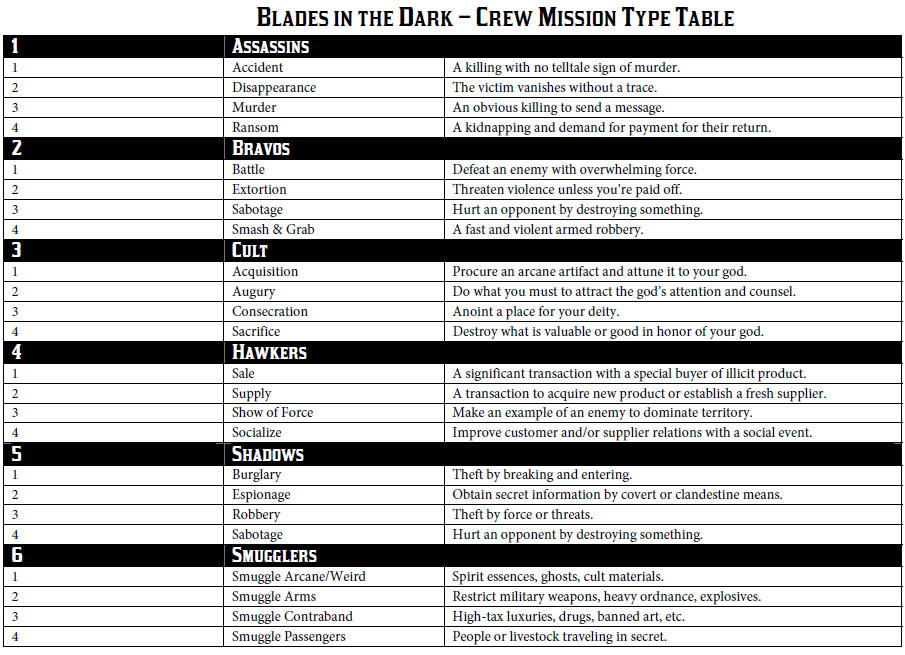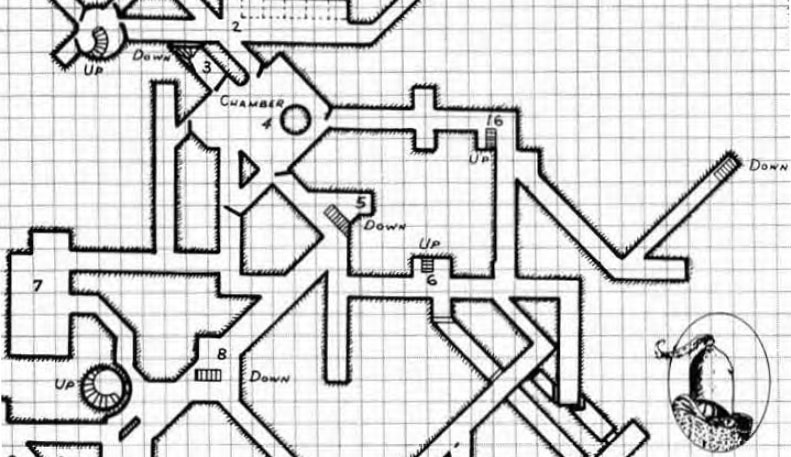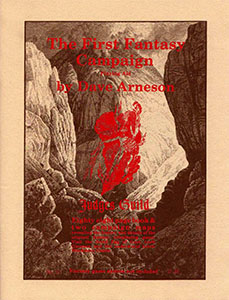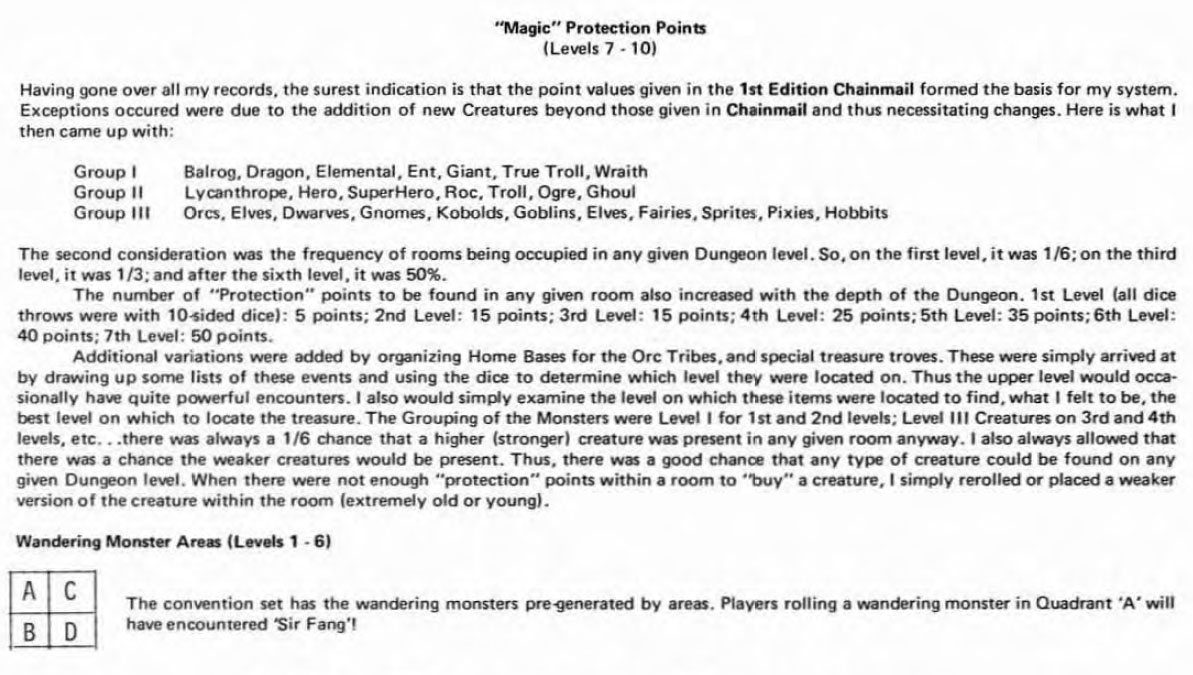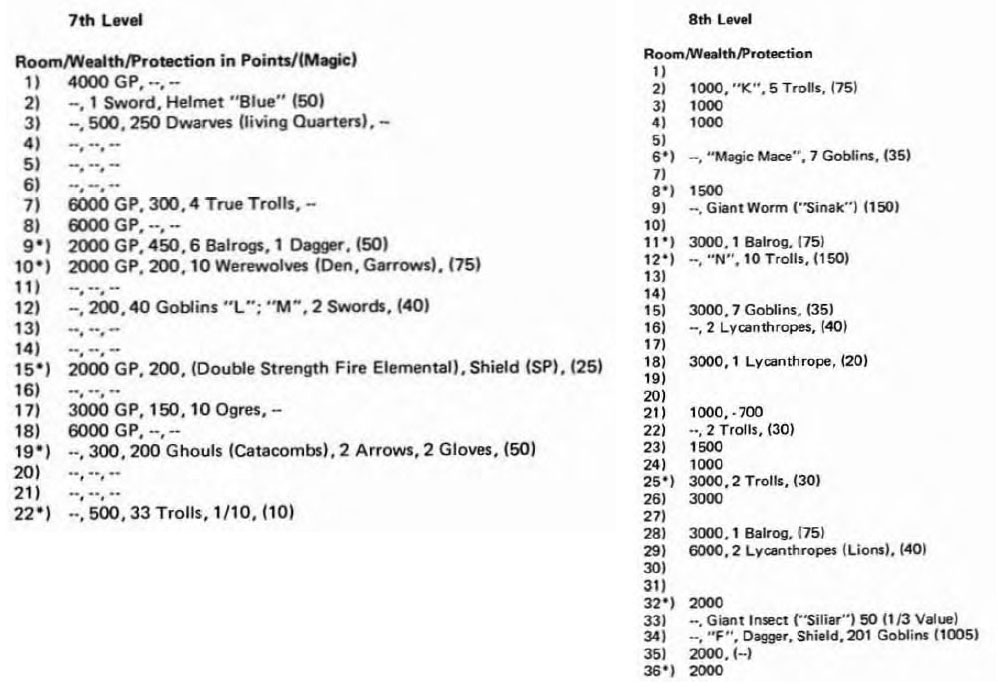The Dreaming is a realm which lies “beneath” or “alongside” the world as the mortal races know it. It is a wild and dangerous place, an ever-shifting forest whose shadows and glades hold the greatest of wonders. Mortals sometimes reach it, unwittingly, in their hours of deepest dreaming, and it is said to be the place where all dreams are born. In the Dreaming, one may leave a city forged with towering spires of the finest crystal and lose sight of it within three paces, never to see it again. Or one may be tempted by strange, dancing lights, and never wake from their dreams.
This is what the Dreaming is in words. But what it is in truth is not so easily expressed. To understand the Dreaming, one must learn to feel the Dreaming. To trust the Dreamsong.
THE NATURE OF TIME IN THE DREAMING
The elven scholar Falnafeshnae described three orders within the Dreaming: The Dream That Was, the Dreaming Moment, and the Undreamt (or the Dream That Will Be).
THE DREAMING MOMENT: The Dreaming Moment is now. It is the moment of existence. It is the present tense. It is fleeting. It is ever-changing – it is always present, but it is always passing and it is always going.
In life we rarely live within the moment. Our thoughts dwell in the past or wish upon the future. But in the Dreaming, such wandering ways are dangerous. In the Dreaming it is the Moment that is the touchstone of your experience. It is the bedrock upon which you stand.
It requires absolute mental precision to maintain it. But without it you will be lost.
THE DREAM THAT WAS: Within the Dreaming all things that ever were exist… but also many things that never were or merely might have been. It is uncertain to us whether all of thought originates within the Dreaming and passes through our hands to become reality, or if thought comes from us and then passes through the Dreaming and thus into the waking world. But that is how it is.
THE DREAM THAT WILL BE: Just as all that was lies within the Dreaming, so too is there everything that might be. But such realms are dangerous and uncertain. We will return to them later.
But the secret of the Dreaming is that there is no true distinction between past, present, and future. All are as one in the Dreaming, even if we are not capable of understanding it in totality. That is why we must be careful. That is why we must stand upon our bedrock in the Dreaming Moment that is.
Meditate upon these things. Seek the truth of them within yourself.
THE LORDS AND LADIES
MINOR SPIRITS, LORDS, AND LADIES: House spirits are the most common of the “minor spirits” which you can see manifestly in the world, but they are far from the only ones. These minor spirits, also known as rivera, can be found almost anywhere. The world around you is filled with a spiritual life. Those who smile upon the spirits are blessed by good fortune, while those who do not will find their lives cursed by them.
Above the minor spirits of the world there are the Spirit Lords, who each possess dominion over a common family of minor spirits. For example, Pegana, the Lady of the River, rules over the spirits of stream and brook. They were first worshipped by the trading clans. Their ancient representations can also be found on the charm tokens of the northern barbarians.
LORDS OF THE DREAMING: What the common man does not understand is that the Spirit Lords are, in truth, powerful lords of the Dreaming. It is through the Dreaming that these Lords have power, for they are of the Dreaming.
It is overly simplistic, however, to consider them as individuals. They are not gods. They are more fundamental than that – they arise of the Dreaming, and the Dreaming arises from them. The Pegana one meets in the deltas of Duvei is not the same Lady of the Rivers one might meet in the spring thaws of the Great Glacier or the mountain streams of Hyrtan. She might not even be the same Pegana you’d meet in the next river valley to the west. She might not even be the same Pegana you met last night in the very same place. Or, on the other hand, she might be.
SHAPING THE SPIRITS: Few take these beliefs literally any more, but they remain a part of their philosophical outlook. For example, many believe that a person’s outlook on life “shapes the spirits” around them and has an effect on the fate that life brings them.
In this there is truth.
GUIDES: The Spirit Lords serve as guides and signs. We have learned to trust them, although not completely. Some are more trustworthy than others.
When a Spirit Lord seeks out a Dreamwalker, however, it is always a matter of great import – an event which will change the Dreaming and thus the world in ways unforeseen and unknowable.
And for a Spirit Lord to seek out one who is not yet trained in the Dreaming Arts, as the Lady Pegana did with you, is something rarely if ever seen.
DREAMING ARTS
Dreaming Arts is a new Wisdom-based, trained-only skill. Dreaming Arts checks are made in conjunction with the three different paths of the Dreaming Arts.
DREAMSIGHT: The Dreaming is the wellspring from which all of reality is born and the grave to which all of living memory returns. As such, those who can see the Dreaming with unclouded eyes can perceive deep truths of the world around them.
Game Mechanics: Without any training, you’ll be able to use Dreaming Arts checks to duplicate the effects of an augury spell. With a feat you’ll be able to unlock more powerful divination abilities (that you’ll use with your Dreaming Arts check).
DREAM PACTS: The Lords of the Dreaming are powerful and fey. Those skilled enough in the dreaming arts can turn their own souls into conduits through which the Spirit Lords can be made manifest in the world around us. But following such a path requires supreme self-control, for the Lords of the Dreaming will reshape your soul.
Game Mechanics: There is a class dedicated to forming dream pacts. In order to form dream pacts, you would need to multiclass. By channeling different Dreaming Lords, you will gain a variety of powers.
DREAMSPEAKING: Those practiced in the dreaming arts can reshape the Dreaming around them. Those who are masters of the Dreaming, however, can reshape the world around them by reshaping the dreams from which the world is born. These arts have been perfected into the dreaming tongue – a primal language which not only describes the most fundamental aspects of reality, but can be used to transform it.
Game Mechanics: These are a suite of feats you can take, giving you mastery over various parts of dreamspeak. Dreamspeaking essentially allows you to reshape reality or yourself – essentially minor spellcasting.

